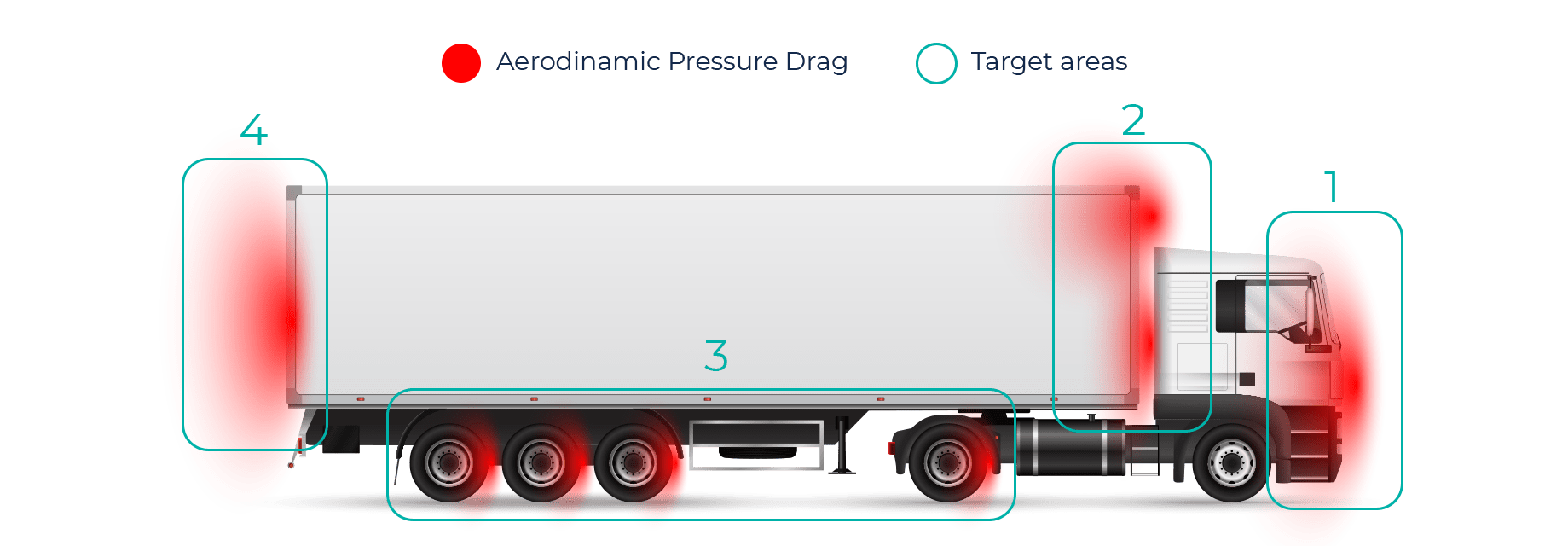Investing to Optimize Fleet Fuel Consumption
For fleet operators the surge in fuel prices is weighing heavily on the operations pocket. However, there are investments that can be made to ease the burden now, and future-proof the operation against such shocks again in the future.
There are several modifications possible to an existing fossil-fueled vehicle or checks to make before purchasing a new vehicle to ensure the use of fuel is as efficient as possible.









